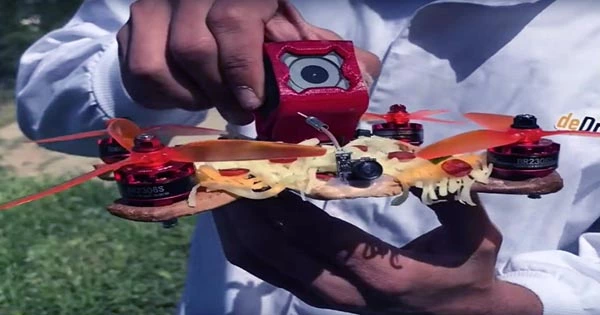A study published in the Royal Society’s Biology Letters found that picrodontids, an extinct family of placental mammals that lived several million years after the dinosaur extinction, are not primates, as previously thought.
The paper, co-authored by Jordan Crowell, an Anthropology Ph.D. candidate at the CUNY Graduate Center; Stephen Chester, an Associate Professor of Anthropology at Brooklyn College and the Graduate Center; and John Wible, Curator of Mammals at the Carnegie Museum of Natural History, is significant because it resolved a paleontological debate that had been raging for over a century while also contributing to a clearer picture of primate evolution.
Paleontologists have thought for the past 50 years that picrodontids, which were no larger than a mouse and presumably ate fruit, nectar, and pollen, were primates because of tooth traits shared with extant monkeys. However, using modern CT scan technology to analyze the only known preserved picrodontid skull in Brooklyn College’s Mammalian Evolutionary Morphology Laboratory, Crowell, the paper’s lead author, worked with Chester, the paper’s senior author, and Wible to determine they are not closely related to primates at all.
While picrodontids share features of their teeth with living primates, the bones of the skull, specifically the bone that surrounds the ear, are unlike that of any living primate or close fossil relatives of primates.
Jordan Crowell
“While picrodontids share features of their teeth with living primates, the bones of the skull, specifically the bone that surrounds the ear, are unlike that of any living primate or close fossil relatives of primates,” Crowell said. “This suggests picrodontids and primates independently evolved similarities of their teeth likely for similar diets. This study also highlights the importance of revisiting old specimens with updated techniques to examine them.”
Chester, who serves as Crowell’s Ph.D. adviser, has both a professional and personal interest in this research. It was Chester’s colleague and “academic grandfather,” Professor Emeritus Frederick Szalay from CUNY’s Hunter College and the Graduate Center, who in 1968 first convincingly classified picrodontids as primates based on evidence from fossilized teeth. Szalay studied the teeth of the only known picrodontid skull, Zanycteris paleocenus, for his research – the same skull this team examined with the new technology that led to their discovery.

“The Zanycteris cranium was prepared and partially submerged in plaster around 1917, so researchers studying this important specimen at the American Museum of Natural History were not aware of how much cranial anatomy was hidden over the last 100 years” Chester said. “Micro-CT scanning has revolutionized the field of paleontology and allows researchers to discover so much more about previously studied fossils housed in natural history museum collections.”
The National Science Foundation and The Leakey Foundation provided money to Chester and Crowell through Brooklyn College to fund the research. Chester and Crowell are also currently working on a number of externally sponsored research projects aimed at understanding how monkeys and other animals developed following the dinosaur extinction. They urge undergraduate students to contact them about supported research opportunities at the Mammalian Evolutionary Morphology Laboratory.
















